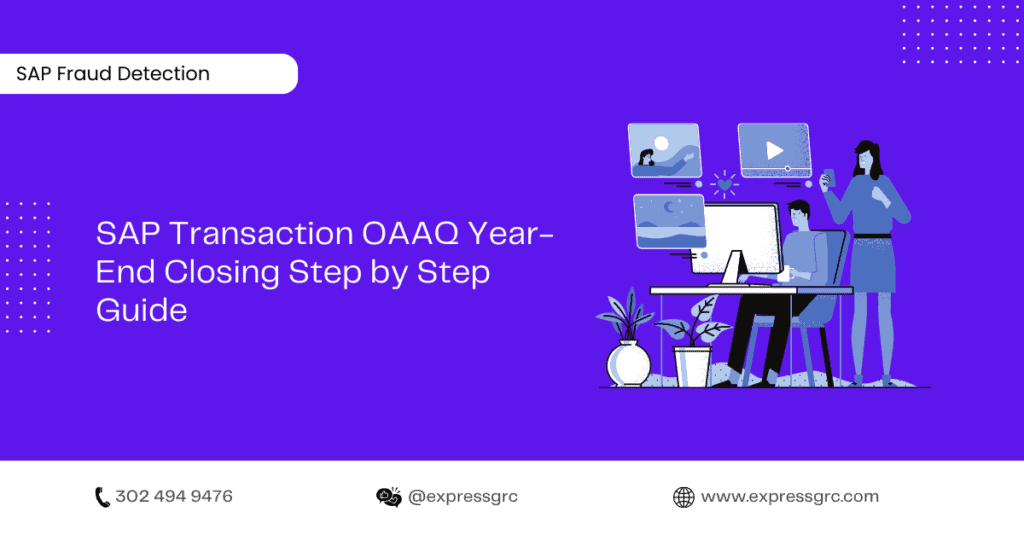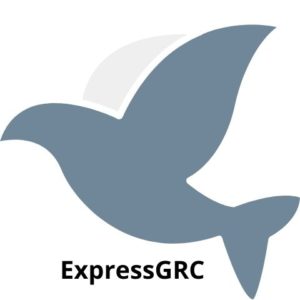Are you ready to tackle the year-end closing process in SAP using the OAAQ transaction? Year-end closing can be a daunting task, but with the right guidance, you can smoothly navigate through the process and ensure accurate financial reporting for your organization. In this comprehensive step-by-step guide, we’ll walk you through each stage of the SAP Transaction OAAQ Year-End Closing. From preparing your system to executing the necessary steps, we’ve got you covered.

Table of Contents
- Introduction to Year-End Closing with OAAQ
- Preparing for the Year-End Closing
- Backing Up Your Data
- Reviewing Financial Documents
- Verifying Journal Entries
- Executing Year-End Closing Transactions
- Accessing Transaction OAAQ
- Selecting Relevant Modules
- Defining Closing Activities
- Performing Asset Depreciation
- Managing Accruals and Deferrals
- Validating Year-End Closing Results
- Running Trial Balances
- Reconciling Financial Statements
- Handling Exceptions and Errors
- Troubleshooting Discrepancies
- Reversing Incorrect Entries
- Completing the Year-End Closing
- Finalizing Journal Entries
- Archiving Data for Audit
- Benefits of a Well-Executed Year-End Closing
- Conclusion
Introduction to Year-End Closing with OAAQ
Year-end closing is a critical financial process that allows businesses to finalize their accounting records for the fiscal year. SAP Transaction OAAQ is a powerful tool that streamlines this process, ensuring accurate reporting and compliance with financial regulations. By following this step-by-step guide, you’ll be able to confidently manage the year-end closing using OAAQ.
Preparing for the Year-End Closing
Before diving into the year-end closing process, it’s essential to make thorough preparations. Start by backing up your data to prevent any loss during the closing activities. Review your financial documents, including balance sheets and income statements, to identify any discrepancies.
Executing Year-End Closing Transactions
Accessing Transaction OAAQ
To begin the year-end closing process, access the SAP system and navigate to Transaction OAAQ. This transaction provides a comprehensive overview of all the modules involved in the closing activities.
Selecting Relevant Modules
Within Transaction OAAQ, select the relevant modules that apply to your organization. Common modules include Financial Accounting (FI), Controlling (CO), and Asset Accounting (AA). This step ensures that the closing activities are tailored to your specific business operations.
Defining Closing Activities
In this phase, define the specific closing activities you need to perform. This may include clearing open items, reconciling accounts, and updating tax information. Ensure that all necessary adjustments are made to accurately reflect the financial position of your organization.
Performing Asset Depreciation
For organizations with tangible assets, performing accurate asset depreciation is crucial. Transaction OAAQ enables you to calculate and post depreciation values, ensuring that your balance sheets reflect the correct asset values.
Managing Accruals and Deferrals
Adjusting accruals and deferrals ensures that all relevant expenses and revenues are recorded in the correct accounting period. Utilize Transaction OAAQ to manage these adjustments systematically.
Validating Year-End Closing Results
Running Trial Balances
Before finalizing the year-end closing, run trial balances to verify the accuracy of your financial data. This step helps identify any discrepancies that need to be addressed before proceeding.
Reconciling Financial Statements
Reconcile your financial statements, including balance sheets and income statements, to ensure consistency and accuracy. Transaction OAAQ provides tools to help streamline this reconciliation process.
Handling Exceptions and Errors
Troubleshooting Discrepancies
If you encounter discrepancies or errors during the year-end closing process, utilize Transaction OAAQ’s reporting features to troubleshoot and address these issues promptly.
Reversing Incorrect Entries
In case of incorrect entries, Transaction OAAQ allows you to reverse postings, ensuring that your financial records remain error-free and in compliance with accounting standards.
Completing the Year-End Closing
Finalizing Journal Entries
As you near the completion of the year-end closing process, finalize all journal entries to capture the accurate financial transactions for the fiscal year.
Archiving Data for Audit
Transaction OAAQ provides options for archiving data, which is essential for future audits and compliance requirements. Properly archived data ensures easy access and retrieval when needed.
Benefits of a Well-Executed Year-End Closing
A well-executed year-end closing process offers several benefits to your organization. It provides accurate financial data for decision-making, ensures compliance with regulations, and sets the stage for a smooth start to the new fiscal year.
Conclusion
In conclusion, mastering the SAP Transaction OAAQ Year-End Closing process is essential for maintaining accurate financial records and complying with regulatory standards. By following this comprehensive guide, you’ll be well-equipped to navigate through each step confidently. Remember, a successful year-end closing not only reflects your organization’s financial health but also lays the groundwork for future growth.
FAQs
- What is SAP Transaction OAAQ? SAP Transaction OAAQ is a tool used for the year-end closing process in SAP systems. It helps organizations finalize their accounting records for the fiscal year accurately.
- Can I skip the data backup step? No, backing up your data is crucial before initiating the year-end closing process. It safeguards against potential data loss.
- Which modules should I select in Transaction OAAQ? Choose modules that are relevant to your organization’s operations, such as Financial Accounting, Controlling, and Asset Accounting.
- How does Transaction OAAQ handle asset depreciation? Transaction OAAQ enables you to calculate and post accurate asset depreciation values, ensuring your balance sheets reflect the correct asset values.
- Why is reconciling financial statements important? Reconciling financial statements ensures consistency and accuracy in your organization’s financial reporting, aiding in informed decision-making.
